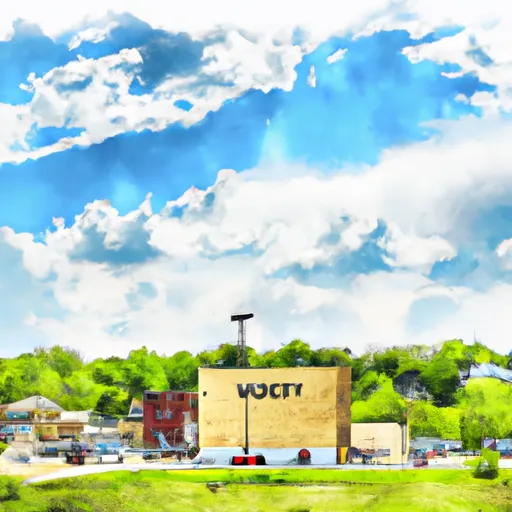°F
°F
mph
Windspeed
%
Humidity











Unity, Wisconsin is a small village located in Marathon County. The climate in Unity is characterized by cold winters with average temperatures around 15°F and mild summers with average temperatures around 70°F. Precipitation is evenly distributed throughout the year, with an average annual rainfall of 30 inches. The area experiences a humid continental climate, making it suitable for outdoor activities in all seasons.
Hydrologically, Unity is situated near the scenic Eau Claire River. This river offers various recreational opportunities, including fishing, boating, and swimming during the summer months. The river supports a diverse range of fish species, such as trout, walleye, and bass, attracting anglers from near and far.
In addition to the Eau Claire River, Unity is surrounded by lush forests and rolling hills, making it an ideal location for hiking, camping, and wildlife observation. The area is home to numerous state parks and nature reserves, providing ample opportunities for outdoor enthusiasts to explore and appreciate the natural beauty of the region.
Overall, Unity, Wisconsin offers a favorable climate, abundant water resources, and diverse outdoor recreational opportunities for residents and visitors alike.
Weather Forecast
Unity receives approximately 831mm of rain per year, with humidity levels near 82% and air temperatures averaging around 6°C. Unity has a plant hardyness factor of 4, meaning plants and agriculture in this region thrive during a short period during spring and early summer. Most plants will die off during the colder winter months.
Regional Streamflow Levels
5
Cubic Feet Per Second
67
Cubic Feet Per Second
802
Cubic Feet Per Second
586
Cubic Feet Per Second
Nearby Camping
| Camping Area | Reservations | Toilets | Showers |
|---|---|---|---|
| Greenville - Lake Wappapello | |||
| Pere Marquette State Park | |||
| Percy Quin State Park | |||
| Bayou Segnette State Park | |||
| Lefleurs Bluff State Park | |||
| Fairview Riverside State Park |



